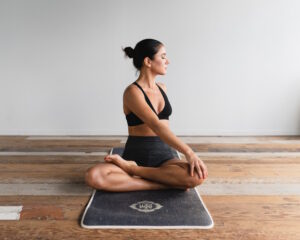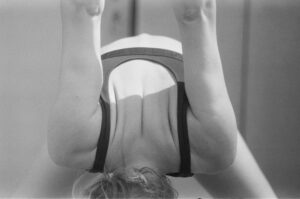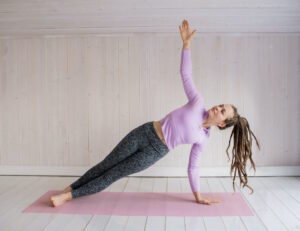
The evolution of Pilates from its origins as Contrology to its current form as modern Pilates showcases the growth and adaptability of this renowned exercise method. Developed by Joseph Pilates, the journey of Pilates spans decades, influenced by various factors and practitioners. In this article, we explore the transformation of Pilates over time, delve into the history of the method, shed light on the transition from Contrology to Pilates, and examine the characteristics of modern Pilates.
When did Contrology change to Pilates?
The shift from Contrology to Pilates occurred after the passing of Joseph Pilates in 1967. While Joseph Pilates himself referred to his method as Contrology, it was his dedicated disciples and subsequent generations of practitioners who popularized the term Pilates to honor the legacy of its founder. The change in nomenclature was a natural progression as the method gained wider recognition and underwent further development beyond its original principles. By adopting the name Pilates, the method became more accessible to the public and facilitated its integration into mainstream fitness practices.
What is modern Pilates?
Modern Pilates refers to the contemporary practices and adaptations of the original Pilates method developed by Joseph Pilates. While still rooted in the core principles established by Pilates, modern Pilates has evolved to meet the needs and preferences of a diverse range of practitioners. It incorporates a wider variety of equipment and props, such as reformers, chairs, and balls, expanding the repertoire of exercises and intensities available. Modern Pilates often integrates other movement disciplines, such as yoga, dance, and functional training, to create a holistic and dynamic approach to fitness. Additionally, modern Pilates emphasizes individualization, allowing instructors to tailor sessions to the specific goals and abilities of each practitioner.
What is the history of the Pilates method?
The history of the Pilates method traces back to the early 20th century when Joseph Pilates developed his unique system of exercises. Born in Germany in 1883, Pilates drew inspiration from various disciplines, including yoga, gymnastics, martial arts, and Eastern philosophies. Pilates initially called his method “Contrology,” reflecting the emphasis on control, precision, and mindful movement. In the 1920s, Pilates migrated to the United States, where he established a studio in New York City. Over time, his method gained recognition and popularity, particularly among dancers, actors, and athletes. Following Pilates’ death, his disciples continued to teach and refine the method, ultimately leading to its global spread and the development of modern Pilates as we know it today.
Why was Pilates originally called Contrology?
Joseph Pilates originally referred to his method as Contrology because it emphasized the notion of control and conscious movement. The term “Contrology” encompassed the idea that the mind should have control over the body and its movements. Pilates believed that by harnessing control, individuals could achieve optimal physical and mental well-being. The principles of breath control, concentration, precision, centering, flow, and control formed the foundation of Contrology. While the name Contrology has historical significance and highlights the core principle of control, the term Pilates has come to encompass a broader understanding and acceptance of the method, making it more accessible and relatable to the general public.
The evolution of Pilates from Contrology to modern Pilates demonstrates its adaptability and enduring relevance in the fitness world. The transition from Contrology to Pilates occurred after the passing of Joseph Pilates, as the method gained wider recognition and popularity among practitioners. Modern Pilates encompasses contemporary adaptations of the original method, integrating diverse equipment, incorporating other movement disciplines, and emphasizing individualization. The history of Pilates dates back to Joseph Pilates’ development of his unique system in the early 20th century. Originally called Contrology, Pilates emphasized control and conscious movement. However, the term Pilates has become the preferred name for the method, reflecting its growth and accessibility to a wider audience. The evolution of Pilates showcases its continued evolution and ability to meet the needs of practitioners in the modern fitness landscape.


